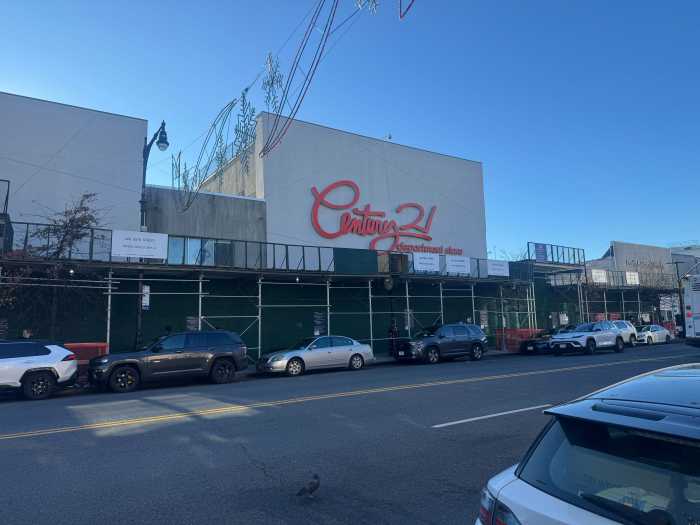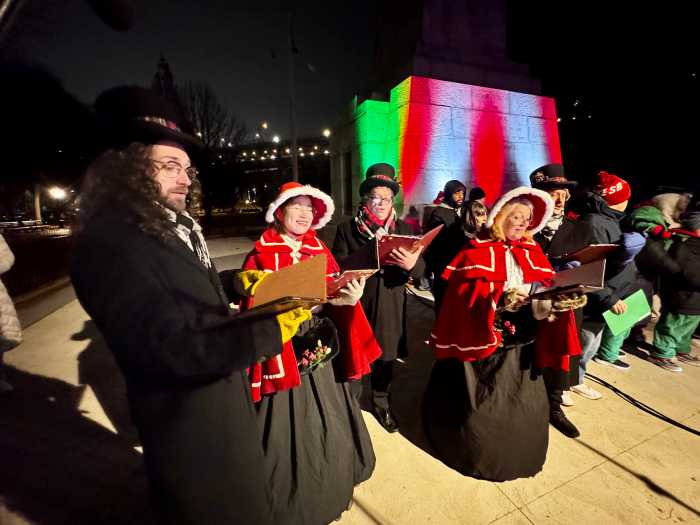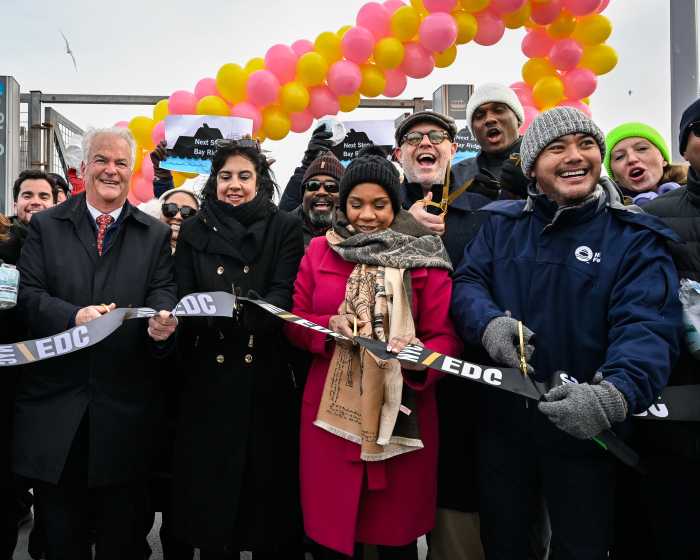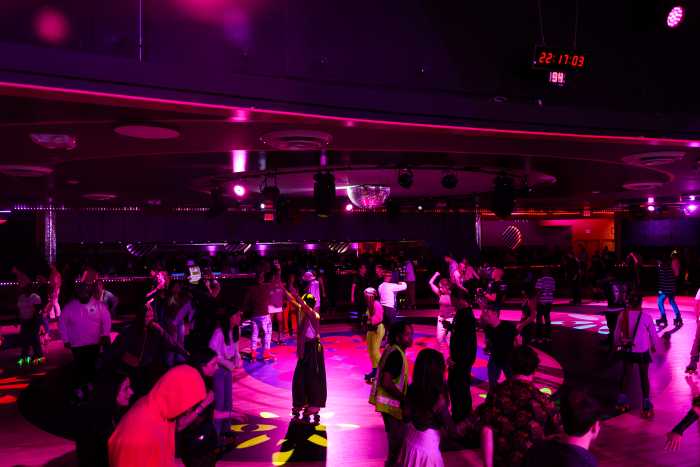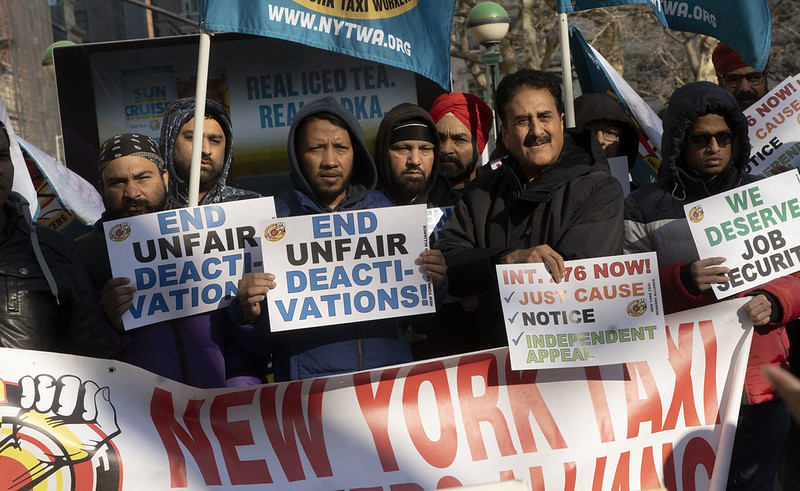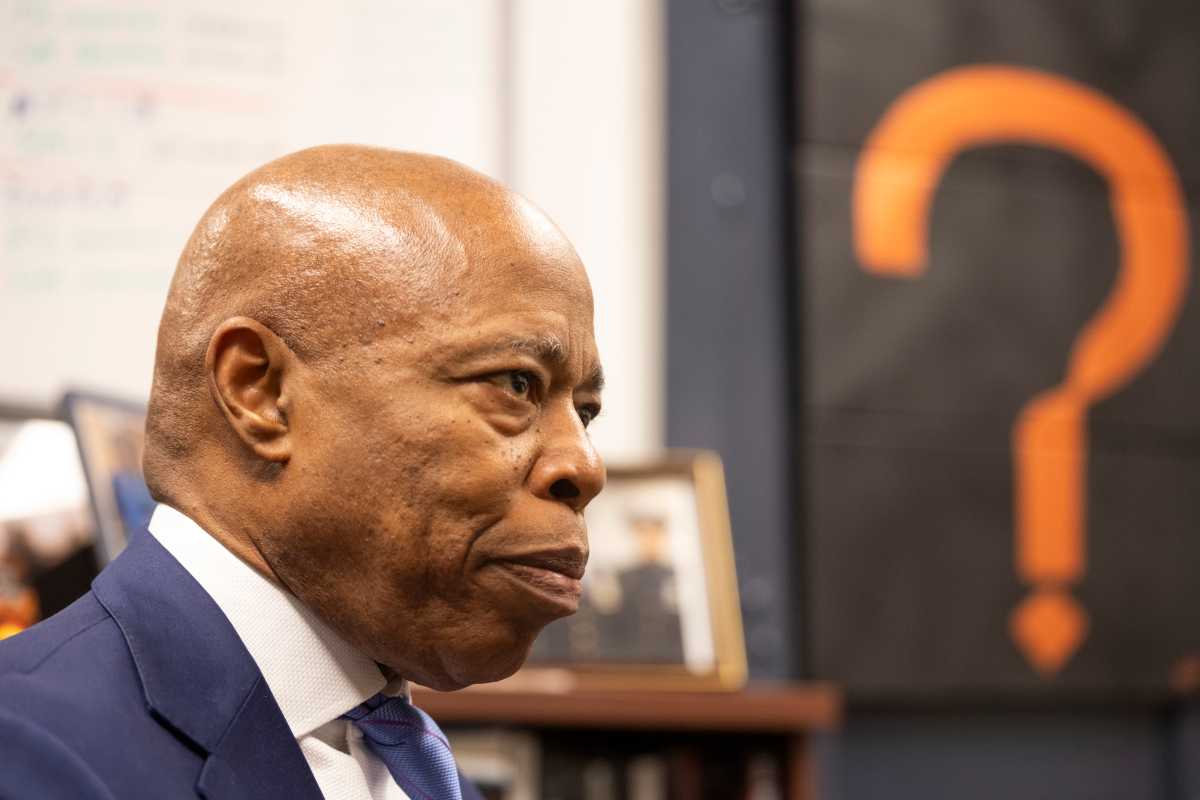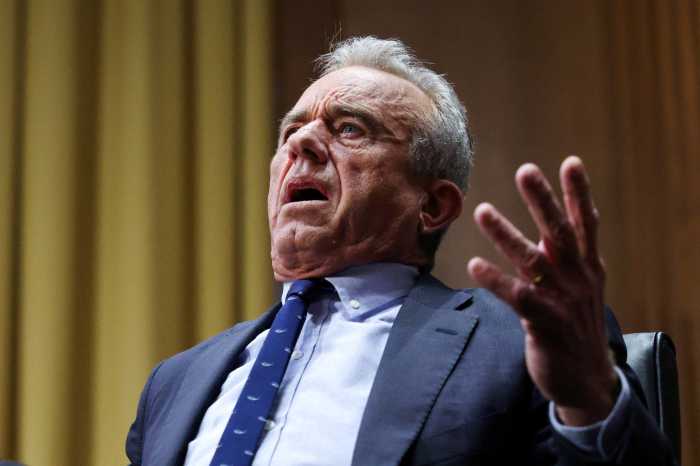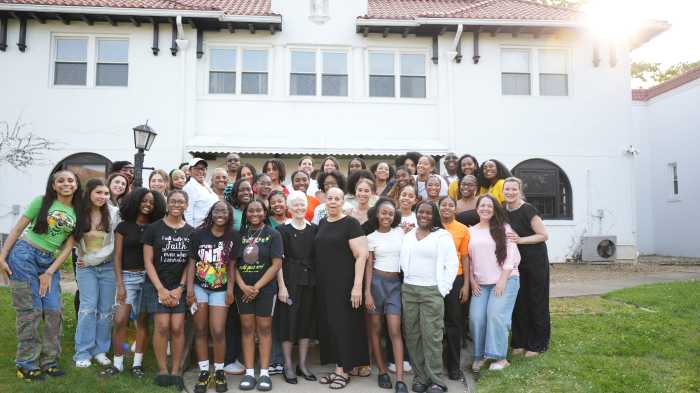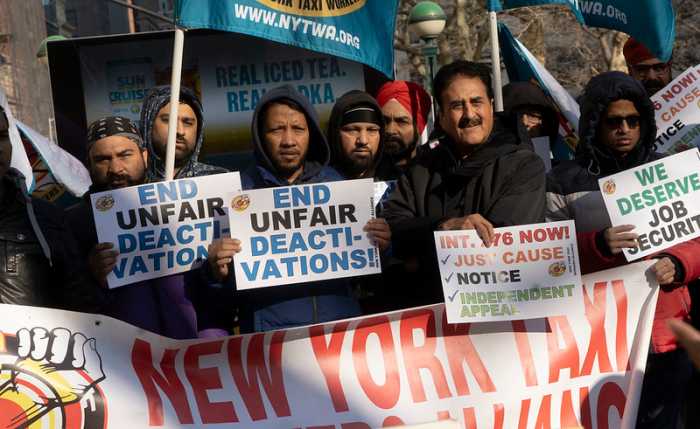Bay Ridge bike advocates launched a new petition last week demanding the Metropolitan Transportation Authority and Gov. Andrew Cuomo turn one of the 13 car lanes on the Verrazzano Bridge into a cycling and pedestrian path, citing a surge in cycling across the city during the COVID-19 pandemic.
“The fact that none of the 13 lanes is used for bikes right now is especially horrifying because we have a global pandemic where more people are out on their bikes,” said the petition’s creator Anna Lise Jensen, a co-founder of the advocacy group Bike South Brooklyn. “If there’s still passivity from the MTA and the governor, it’s inexcusable at this moment and time.”
The initiative has garnered just over 100 signatures since its launch, which came shortly after a maverick cyclist was spotted biking across the Ridge-to-Rock span on Aug. 12, the Staten Island Advance reported at the time.
Just saw a guy riding his FUCKIN BICYCLE over the Verrazano bridge lmfaooo pic.twitter.com/65RVmM0aKs
— Don Finesse (@stevequigleyYEW) August 12, 2020
While the brave biker’s stunt didn’t directly spur Jensen’s recent call to action, she said the daredevil was a “folk hero” who showed how easy it could be to open the double-decker connector to non-drivers.
“He completely showed that it can be done. It was very inspiring to a lot of people,” she said.
Bike South Brooklyn in 2019 pushed the MTA to close the outermost lower-deck lane on the bridge’s Staten Island-bound side to car traffic — the same section the anonymous cyclist used last week.
The advocates wanted the lane to open to cyclists and pedestrians as a sort of Summer Streets program for the bridge, arguing that it wouldn’t cost much because the Authority could use the existing on ramp at 92nd Street in Bay Ridge and an exit at Fort Wadsworth on the Rock — a far cheaper option than the MTA’s $300-400 million estimate to build an entirely new pathway from 2015.
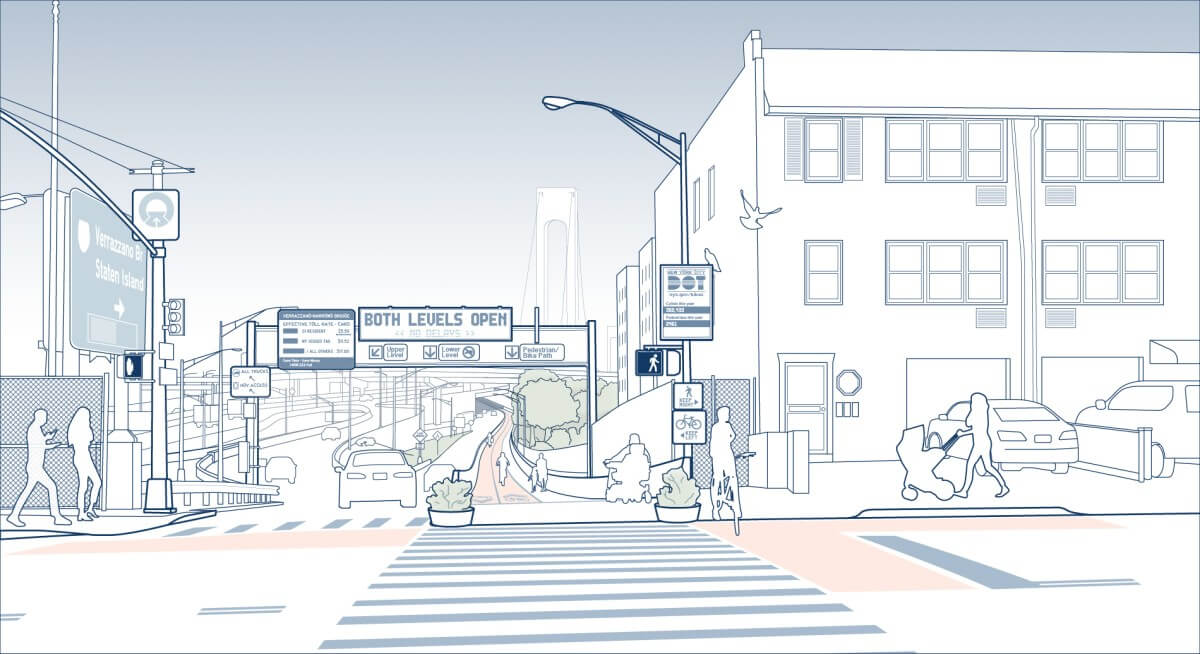
The city’s Department of Transportation undertook a similar effort on the Pulaski Bridge between Greenpoint and Queens in 2016, creating a two-way bike path on a former car lane after pushes by residents and local pols.
Bike South Brooklyn’s detailed plans reportedly garnered the support of local state Sen. Andrew Gounardes, but the proposal fell on deaf ears at the MTA, according to Brian Hedden, another co-founder of the group who organized the 2019 initiative.
“The MTA stands out as it operates the greatest number of the major inter-borough bridges for the outer boroughs in the NYC region — and they have the most hostile policy towards cyclists in bridges,” Hedden said.
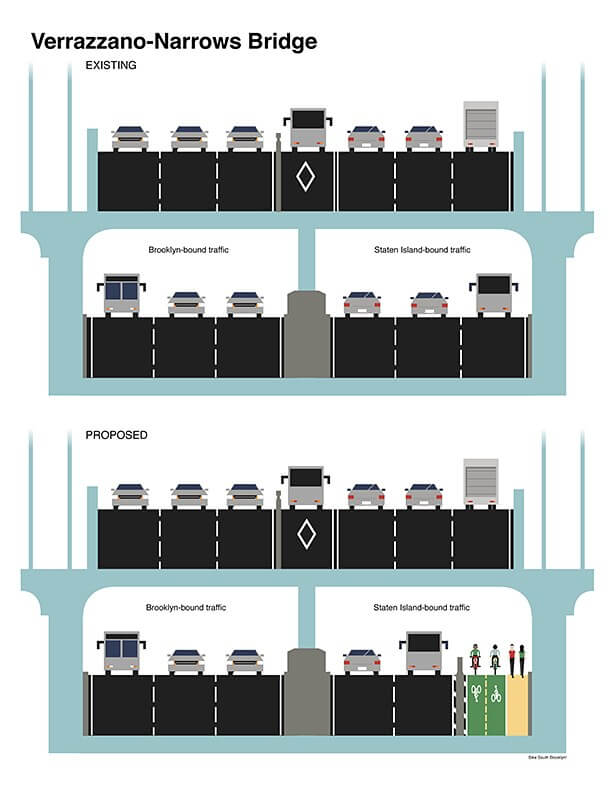
The southern cyclist has pedaled across the span three times — each during the one chance a year it legally opens to bikers, the Five Borough Bike Tour — which he says takes about 13 minutes and offers spectacular views of the New York Harbor.
“It’s fantastic, for one thing the views are incredible,” Hedden said. “There really is no issue about being on that bridge that’s different from any other bridge.”
The MTA was created in the 1960s to wrest control from power broker Robert Moses, who built the Verrazzano Bridge and several other spans now under the agency’s jurisdiction, including the Triborough, Throgs Neck, and Whitestone bridges. Hedden claims that transit honchos held onto Moses’s obsession with the automobile when it comes to bridge access.
“They still have the mindset for providing as much service for cars and trucks as possible and they don’t see that bikes and pedestrians are their problem at all,” he said.
A spokesman for the agency said bridge bigs won’t cut a lane for cars because traffic has returned to pre-pandemic levels, but pointed to the agency’s bike rack program for two Staten Island bus routes that cross the bridge, the S53 and S93, which since 2015 has allowed for two bikes to be stored per bus at a time.
“Traffic on the MTA network is back to near pre-pandemic levels. There is not spare capacity on the bridge to take away a lane from motor vehicles without gridlocking the bridge for bus customers and motorists,” said Aaron Donovan in a statement. “In looking for solutions for cyclists, we have brought bicycle racks to the S53 and S93 buses that cross the bridge. We prioritized these bus routes specifically to enable cyclists to travel between Brooklyn and Staten Island.”
Cuomo’s office did not respond to a request for comment.



